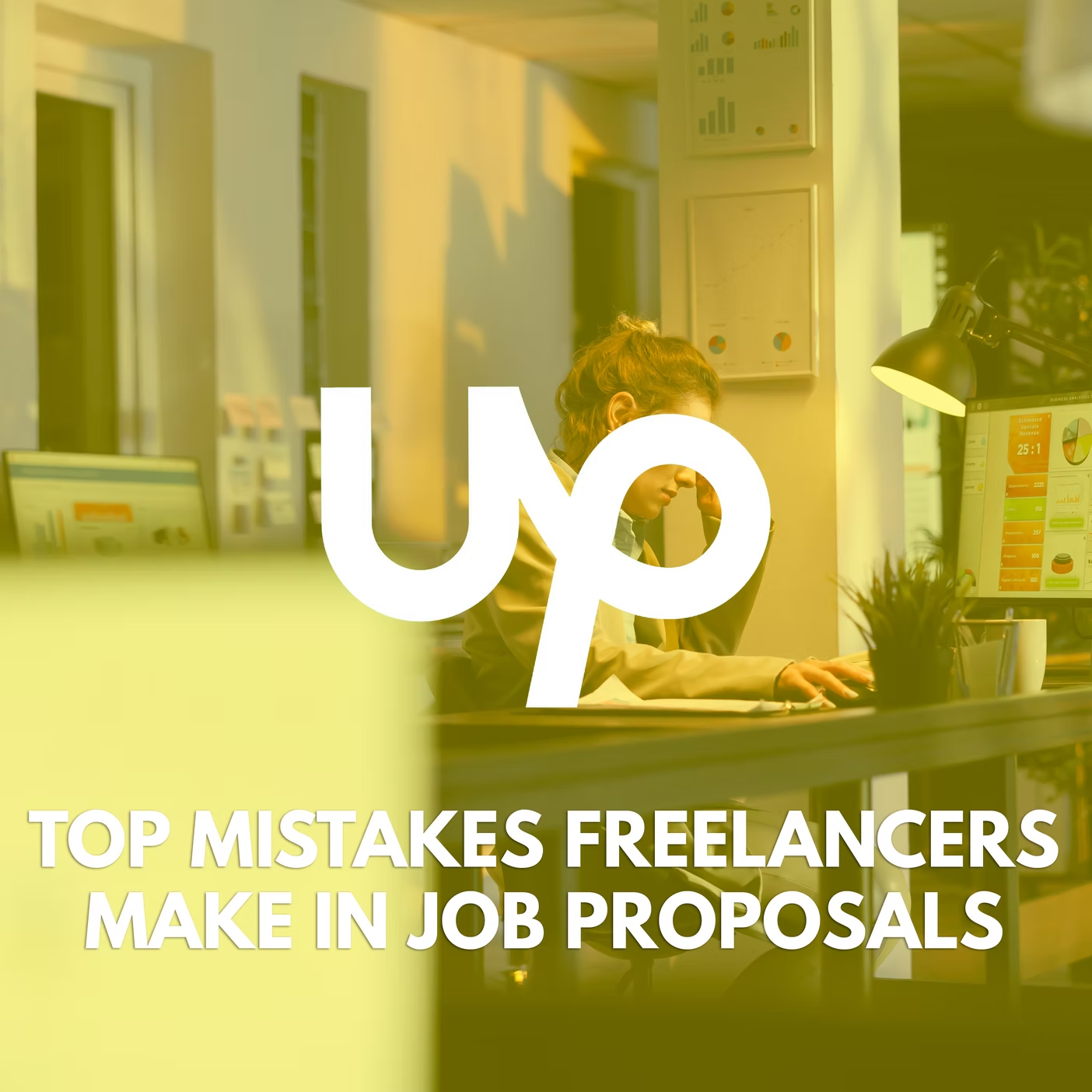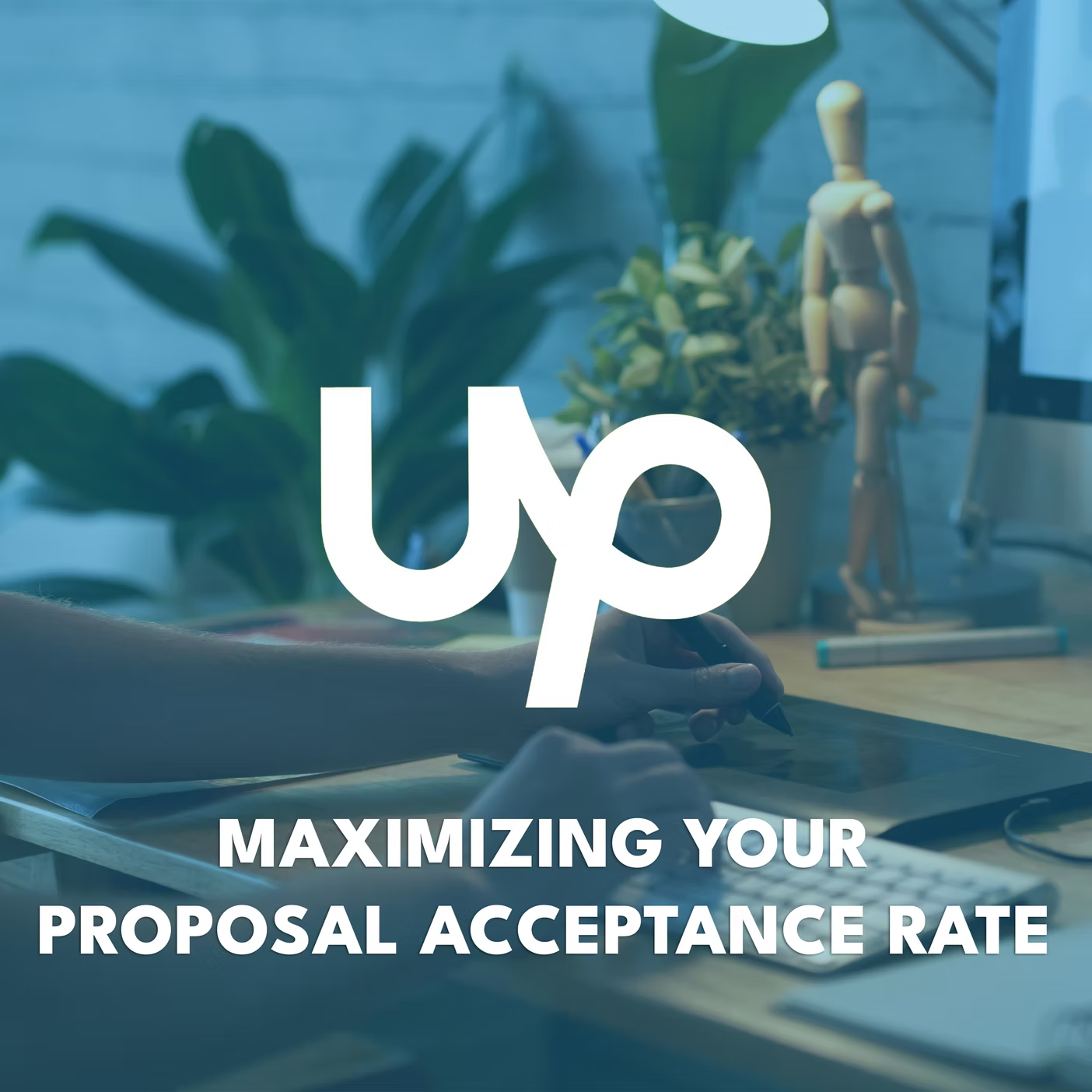kozlyakalexandr2001 · 5 min read
Top mistakes freelancers make in job proposals and how to avoid them

Top mistakes freelancers make in job proposals
This article focuses on the most common mistakes freelancers make in their job proposals and offers practical advice on how to avoid them. By understanding these pitfalls and learning how to address them, you can significantly increase your chances of standing out to potential clients. Whether you're a seasoned freelancer or just starting, refining your proposal-writing skills is crucial to landing more projects and building a successful career.
Mistakes freelancers in proposals 1: Failing to Personalize the Proposal
One of the most common mistakes freelancers make is sending out generic, template-based proposals. While it might seem efficient to reuse the same proposal for multiple job postings, this approach can severely reduce your chances of success. Clients can easily spot a generic proposal, and it often gives the impression that you’re not genuinely interested in their specific project.
Why Personalization Matters: Clients want to feel that you understand their unique needs and challenges. A personalized proposal demonstrates that you’ve taken the time to read the job description carefully and that you’re invested in providing a tailored solution. It shows that you’re not just looking for any job but are specifically interested in helping them achieve their goals.
How to Personalize Your Proposal: Start by thoroughly researching the client and the project. Reference specific details from the job posting in your proposal—mention the client’s goals, challenges, or any particular requirements they’ve highlighted. For example, if the client is looking for a content writer to boost their blog’s SEO, you might mention your experience with SEO strategies and how you’ve helped previous clients increase their organic traffic.
Another effective strategy is to mirror the client’s language and tone. If the job post is written in a casual, friendly style, reflect that in your proposal. If it’s more formal, adjust your tone accordingly. This subtle alignment can make your proposal more relatable and appealing.
Solution: To avoid the mistake of sending generic proposals, create a customizable template that allows you to easily adapt key sections for each job. Focus on making each proposal feel unique and tailored to the specific client and project. By personalizing your proposals, you increase your chances of making a positive impression and winning more jobs.
Mistake 2: Overloading the Proposal with Irrelevant Information
Another common mistake freelancers make in job proposals is overwhelming clients with too much irrelevant information. While it's important to showcase your skills and experience, including unnecessary details can dilute the impact of your proposal and make it difficult for the client to identify your key strengths.Why Relevance Matters: Clients are often busy and sift through numerous proposals to find the right freelancer for their project. When your proposal is packed with irrelevant information, it can be challenging for the client to quickly assess your suitability for the job. This can lead to your proposal being overlooked in favor of a more concise and focused one.
How to Focus on What's Relevant: Start by carefully reviewing the job description to identify the specific skills and experiences the client is looking for. Tailor your proposal to highlight only the qualifications that directly align with the project requirements. For instance, if the client needs a graphic designer for a branding project, focus on your experience in creating brand identities, rather than detailing your unrelated work in web design or social media graphics.
Use bullet points or short paragraphs to succinctly present your relevant skills and accomplishments. This not only makes your proposal easier to read but also helps the client quickly grasp how your expertise can benefit their project.
Solution: To avoid overloading your proposal with irrelevant details, take the time to edit and streamline your content. Ask yourself if each piece of information directly supports your ability to meet the client's needs. If it doesn't, consider removing it or saving it for a different proposal, where it might be more applicable. By keeping your proposal focused and relevant, you make it easier for the client to see why you're the best fit for the job.
Mistake 3: Neglecting to Proofread and Edit
Neglecting to proofread and edit your proposal is a critical mistake that can undermine your professionalism and cost you potential projects. Even the most compelling proposal can be overshadowed by typos, grammatical errors, and poor formatting, leaving a negative impression on the client.Why Proofreading and Editing Matter: A proposal filled with errors can signal a lack of attention to detail and carelessness—qualities that clients want to avoid in a freelancer. When clients see mistakes in your proposal, they may question your ability to deliver high-quality work. Moreover, errors can distract from the substance of your proposal, making it harder for the client to focus on your qualifications and the value you can bring to their project.
How to Effectively Proofread and Edit: After writing your proposal, take a break before reviewing it. This short break allows you to return with fresh eyes, making it easier to spot mistakes. Start by reading through the proposal to catch any obvious typos or grammatical errors. Then, go over it again, this time paying attention to the flow and clarity of your sentences. Ensure that each sentence contributes to the overall message and that the proposal reads smoothly.
Using tools like Grammarly or Hemingway can help identify errors and improve readability, but don't rely solely on software. Consider reading your proposal out loud or asking a peer to review it—these methods can help catch mistakes that you might overlook.
Solution: Make proofreading and editing a standard part of your proposal-writing process. Take the time to carefully review your work before hitting "send." By presenting a polished, error-free proposal, you demonstrate your professionalism and commitment to quality, increasing your chances of winning the job.
Conclusion
Crafting a successful job proposal requires more than just showcasing your skills—it's about presenting them in a way that resonates with the client and avoids common pitfalls. Failing to personalize your proposals, overloading them with irrelevant information, and neglecting to proofread and edit can all diminish your chances of landing the project. These mistakes, while seemingly small, can significantly impact how clients perceive your professionalism and suitability for their job.To increase your success rate, take the time to customize each proposal, focus on the most relevant details, and ensure your work is polished and error-free. By avoiding these common mistakes, you not only make a stronger impression but also demonstrate your commitment to delivering quality work. Remember, every proposal is an opportunity to build your reputation and secure more freelance opportunities. Apply these strategies in your next proposal, and you'll be well on your way to winning more projects and growing your freelance career.


